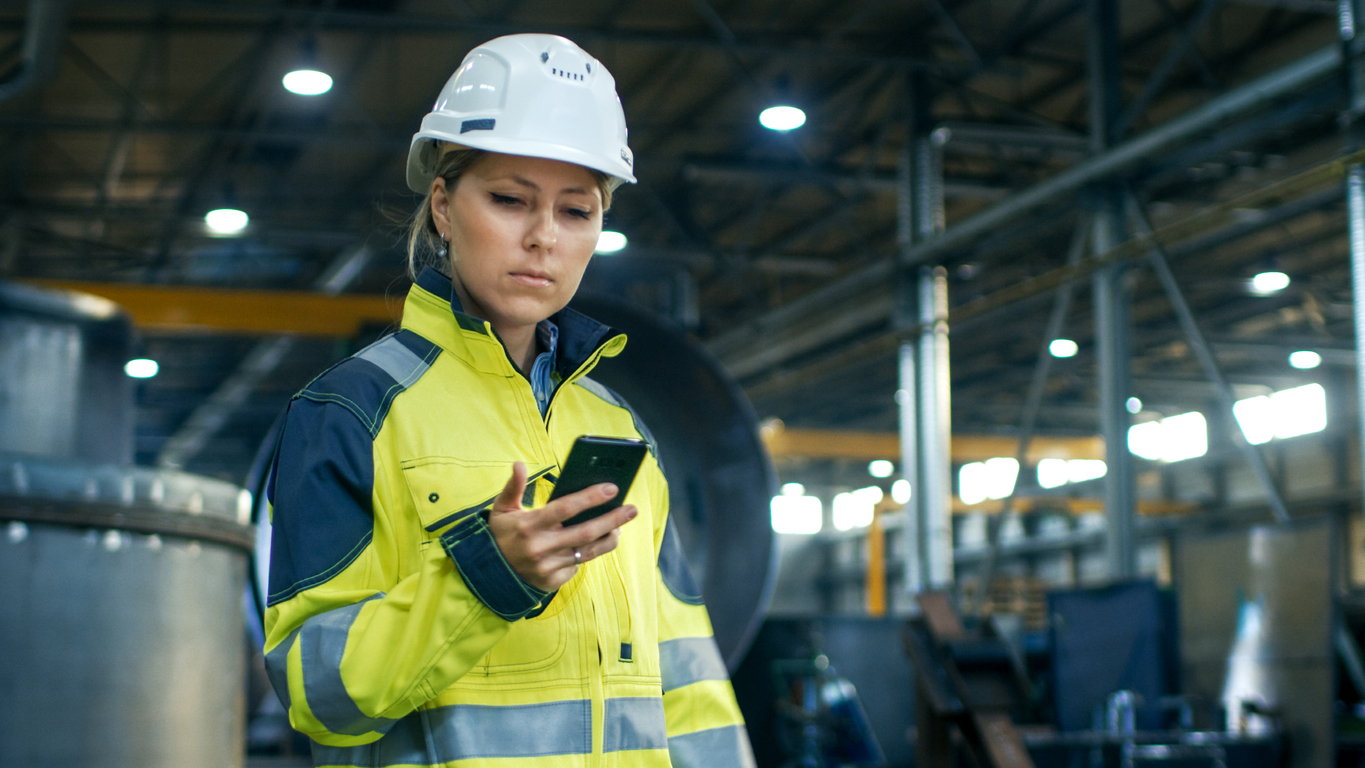Working Alone Legislation
Federal and Provincial Lone Worker Regulation Information
What are the lone worker safety laws and compliance regulations in place at the Federal and Provincial level?
In Canada, under Bill C-45, the Criminal Code has been amended to state that organizations and individuals may be criminally liable for failure to take reasonable measures to protect employee safety. Bill C-45 regulations apply to all staff and organizations/individuals working in Canada. Further lone working safety legislation is in place at the Provincial level, with specific regulations defined by each province.
Are you in compliance with Provincial and Federal lone worker safety legislation?
The consequences of not monitoring your lone workers can be substantial. Our lone worker compliance software helps organizations meet and exceed these regulations with ease. From the risk to the personal safety of employees to financial penalties, failing to meet the requirements of lone working regulations can be costly and result in an organization developing a negative reputation of non-compliance.
Although provincial and federal lone working rules differ slightly, common themes include:
- An employer must identify risks and develop a safe working alone policy and procedures.
- An employer must use a reliable communication system to monitor the lone workers.
- An employer must provide safety checks at a frequency appropriate to the risks of the work being performed. Employers must be prepared to provide safety check documentation to verify their compliance with the occupational health and safety act regulations.
- Organizations must implement a reliable work alone monitoring system and be prepared to share reports with safety auditors.
Always check with your Provincial Centre for Occupational Health and Safety to be sure that you are abiding by the most current lone worker safety regulations.
Click the links below to view up-to-date regulations by province and ensure your lone worker protection system is aligned with legal standards:
Canada Workplace Health and Safety Regulations
Alberta OHS Working Alone Requirements
British Columbia Working Alone Regulations
Workplace BC Working Alone Handbook for Small Business
Manitoba Workers Working Alone or in Isolation Information
Newfoundland Working Alone Safety Guidelines
Saskatchewan Working Alone or at isolated place of employment
Find more occupational health and safety act and regulation resources on our blog:
How is a “lone worker” defined?
A lone worker is generally considered to be working alone if he or she is performing any work function alone at a workplace, or is not directly supervised by either the employer or a person designated by the employer. This includes working from home, whether physically alone or with other individuals
A worker is considered to be working in isolation if they are working in circumstances where assistance is not readily available in the case of emergency, ill health, or accident.
Working alone is not always hazardous, but when certain high-risk conditions are present, implementing a remote worker emergency alert system becomes essential for preventing harm. Injuries, accidents, and violent public interactions can occur while an individual is working alone, and it is important to ensure that lone workers are monitored and protected.
Which professionals are considered lone workers?
A lone worker is anyone who cannot be seen or heard by any other person while they’re doing their job. Lone workers include:
- Gas station and convenience store attendants
- Custodians
- Healthcare workers who specialize in home care
- Transportation workers
- People who handle large amounts of cash
- Security guards
- Receptionists who work in large buildings where they are isolated behind a door or in a lobby/atrium area
- Taxi drivers
- Food outlet and retail store employees
- Construction workers who are working alone in a bathroom or enclosed area
- Social service and welfare workers who make house calls
- Inspectors, exterminators who travel from location to location
These examples illustrate why having one of the best lone worker apps of 2025, like CheckMate, is crucial for safety, especially for industries involving travel, isolation, or public interaction.
What lone worker activities are considered high-risk?

- Working at heights
- Working in confined spaces like tanks, elevators, grain bins, culverts
- Working with electricity
- Working with hazardous substances, materials, and equipment such as firearms and chainsaws
- Working with materials that produce great pressure
- Working with the public where there exists the potential for violence
For more insights into industry-specific safety risks, see how our work alone safety system supports field workers in high-risk conditions:
What is lone worker monitoring?
Lone worker monitoring is a practice that uses tools like our lone worker GPS tracking app and automated safety check-in system to monitor the safety of employees who work out of sound and sight from other workers. This type of monitoring helps employers check up on their lone workers and see that they are safe.
Whether a lone worker is exposed to risk or not, monitoring must be undertaken in order for companies to comply with Provincial and Federal lone worker regulations. Lone worker monitoring is generally done through phone-based check in systems (like the platforms used by CheckMate) where employees receive automated calls to a smartphone or landline.
